Plants which grow and complete their life cycle in habitats with a high salt content are called salt plants or halophytes. Usually that term is reserved only for plants which appear in salty habitats constantly and specifically. Plants occupying only local nonsalty ecological niches in an overall saline environment, or those which appear in such habitats only for short periods, i.e., during the rainy season, are called pseudohalophytes or false halophytes.
The fact that only a small group of higher plants can grow under saline conditions was recognized many years ago. In 1563, Dodoens described Plantago maritima as belonging to such a specific group. In 1576, Lobelius mentioned Salicomia as a typical plant of sea coasts. In 1695, Sloane emphasized the fact that Avicennia is a species of saline habitats and is exceptional in this respect.
Nevertheless, only early in the nineteenth century was the name “halophyte” given to that group of plants by Pallas (see Schrader, 1809).
Good to know
1. The name ‘mangrove’ has been originated in circa. 1610s from mangrow, which in turn originated probably from Spanish mangle, mangue (1530s), which is perhaps from a word in Carib or Arawakan, native languages of the West Indies. So, the name has an West Indian origin.
2. Variations in salt tolerance are also found within the angiosperms. Some families have species with a high salt tolerance, e.g., Potamogetonaceae, Hydrocharitaceae, Chenopodiaceae, Zygophyllaceae, Tamaricaceae, Frankeniaceae, Rhizophoraceae, Plumbaginaceae, and the Verbenaceae. Plants of various other families of the angiosperms, e.g., Orchidaceae, Araceae, Rosaceae, and Ericaceae, are known to be salt sensitive.
Mangrove families
Mangroves do not represent a uniform taxonomic group, and include at least twelve genera in eight different families.
| Family | Members |
| Avicenniaceae | Avicennia sp. |
| Chenopodiaceae | Suaeda monoica |
| Combretaceae | Laguncularia sp. Lumnitzera sp. |
| Meliaceae | Conocarpus sp. Xylocarpus sp. |
| Myrsinaceae | Aegiceras sp. |
| Plumbaginaceae | Aegialitis sp. |
| Rhizophoraceae | Rhizophora sp. Bruguiera sp. Ceriops sp. |
| Sonneratiaceae | Sonneratia sp. |
Other species, e.g., Scyphiphora hydrophyllacea, Scyphiphora malayana of the Rubiaceae, Acanthus ilicifolius of the Acanthaceae, Hibiscus tiliaceus of the Malvaceae, and others, can also be considered as mangrove species. However, their distribution is very limited.
Salient features of halophytes
Usually salines are characterized by high NaCl content and high osmotic potentials. Many salines are also affected by high concentrations of sulfates, carbonates, and bicarbonates, and by high pH of the soil, as well as by poor soil structure and disturbed aeration. These factors have an apparent adverse effect on the nutrition, growth, and reproduction of most plants.
Since halophytes can not easily absorb water, the halophytes develop in them almost all important xerophytic devices for water economy.

1. Habit
Majority of halophytes in the tropical and subtropical regions are shrubs (dome shaped), but a few of them are herbaceous. e.g. Acanthus ilicifolius.
In temperate zones, halophytic vegetation is purely herbaceous.
2. External morphology
(a) Roots
(i) Pneumatophores: The soil in coastal region is poorly aerated and it contains very small percentage of oxygen because of water logging. In order to compensate this lack of soil aeration, the hydro halophytes develop negatively geotropic roots, called pneumatophores (breathing roots).
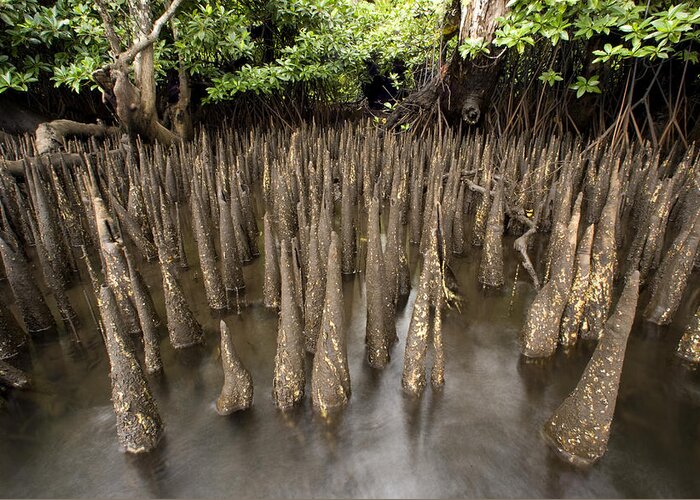
(ii) Stilt roots: In addition to normal roots, many stilt or prop roots are developed from the aerial branches of stem for efficient anchorage in muddy or loose sandy soil. e.g., Rhizophora mucronata (stilt roots).
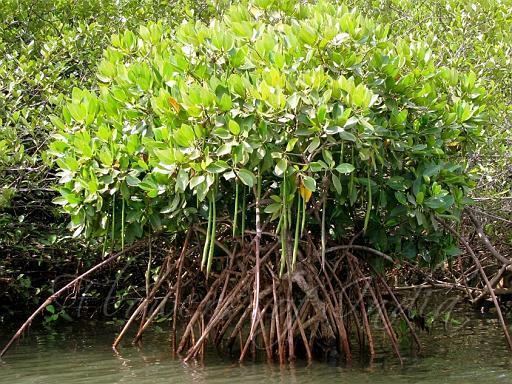
(ii) Root buttress: Sometimes, a large number of adventitious root buttresses develop from the basal parts of tree trunks. These root buttresses provide sufficient support to the plants.

(b) Stem: Some halophytes develop succulence in stem. Succulence depends on the ratio of absorbed to free ions in the plant cells rather than absolute amounts of sodium chloride or sulphate present. Some studies say that succulence is directly correlated with salt tolerance of plants. e.g. Salicornia herbacia and Suaeda maritima.
(c) Leaves: The leaves of the most the halophytes are thick, entire, succulent, generally small-sized, and are often glassy in appearance. Some species are aphyllous. Stems and leaves of coastal aero-halophytes show additional mode of adaptation to their habitats. Their surfaces are densely covered with trichomes. Leaves of submerged marine halophytes are thin and have very poorly developed vascular system and frequently green epidermis. They are adapted to absorb water and nutrients from the medium directly.
(d) Fruits, Seeds and their dispersal: The fruits and seeds are generally light in weight. Fruit walls have a number of air chambers and the fruits, seeds, and seedlings which can float on the water surface for pretty long time are dispersed to distant places by water current. Mangrove vegetations of tropical sea-shores from Australia to East Africa include approximately the same species of plants. Similarly, the mangroves of West Asia show considerable resemblances with those of East Asia and East Africa.

(e) Viviparous mode of seed germination: Halophytes or mangrove plants growing in the tidal marshes show ‘vivipary’ which is defined as the germination of seeds while the fruits are still attached to mother plants (e.g. Rhizophora sp. Aegiceras sp., Avicennia sp.).
The developing embryo, receiving water and nutrients from the mother plant, grows uninterruptedly from fertilization until it is shed (Pannier, 1962). The so-called germination thus starts when the seed is still attached to the mother plant.
Good to know
Since growth of the embryos is not interrupted by periods of quiescence or dormancy, it is difficult and misleading to speak of “germination” in such a case of viviparous species.
Watch the following video to have a grasp on the life cycle of Red mangrove (Rhizophora mangle). It includes a good details on viviparous germination of this mangrove tree.
3. Anatomical Features
Exposure to salinity induces several structural changes in halophytes including thicker leaves, larger cells, especially those of the spongy parenchyma, smaller intercellular spaces, higher elasticity of the cell walls, fully developed water storing tissues, smaller relative surface area (surface/volume ratio), low chlorophyll content, and smaller and fewer stomata per surface area (Stocker, 1933).
Good to know
Cell size & surface area: Plants grown in a medium containing NaCl have leaves with small surface area but with large cells. In contrast, plants affected by Na2S04 have small leaf cells but large leaves. Why so? Because sulfate influences cell division more than cell expansion (Strogonov, 1964), whereas chloride affects expansion more than division.
Xerophytic features
(i) Presence of thick cuticle on the aerial parts of the plant body. The epidermis is characterised by a cover of waxy layers in addition to thick cuticle
(ii) They develop protected stomata which are not deeply sunken. The palisade consists of several layers with intercalated tannin and oil cells
(iii) The leaves and stems are abundantly covered with various types of simple and branched trichomes
Classification of halophytes
Steiner (1935) classified halophytes according to their response to internal salt content. According to him, salt marsh plants can be classified into three types:
1. Succulent halophytes: Plants which can tolerate high concentrations of chloride in their cell sap due to an increase in succulence. They retain water as survival mechanism, especially in their leaves. e.g. Salicornia herbacea.
2. Non-succulent halophytes: Plants which resist salts by desalinization of their tissues and secrete excess salts through salt glands (e.g. Spartina alterniflora).
3. Accumulating type: Plants with no special mechanism for salt removal. Salt concentrations in their tissues of such plants increase until the plant’s death (e.g. Juncus gerardii, Suaeda fruticosa) S. herbacea S. alterniflora J. gerardii.
| Succulent | Non-succulent | Accumulating |
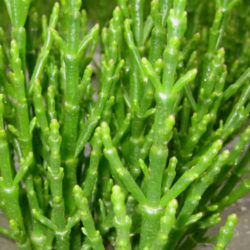 |
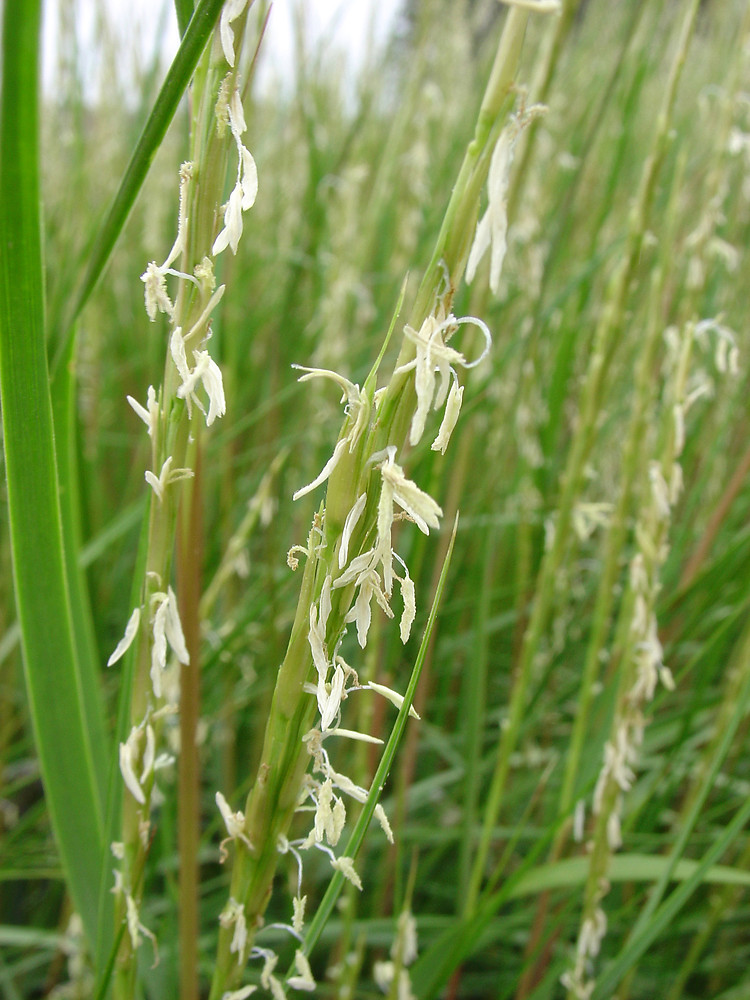 |
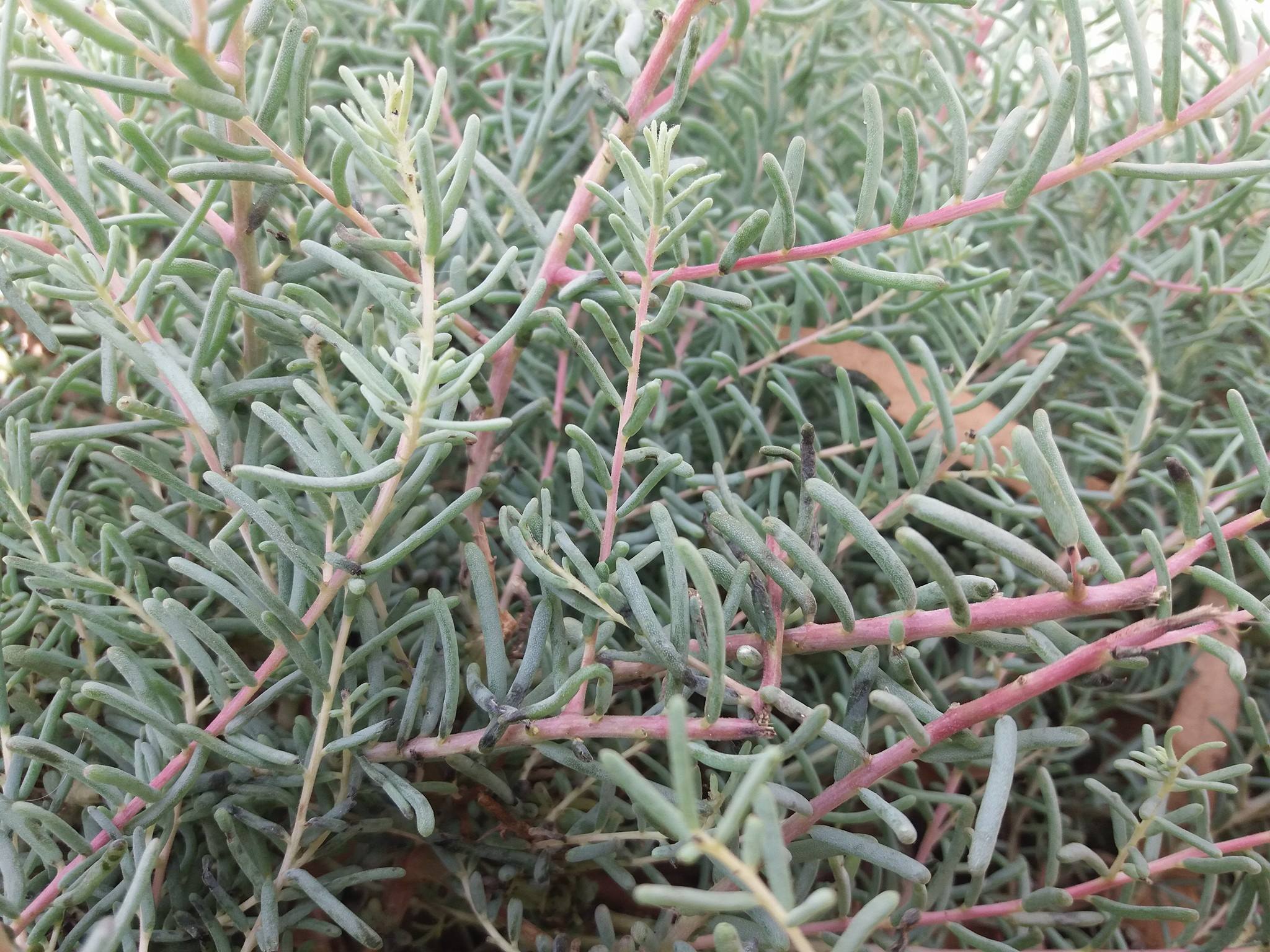 |
| Salicornia herbacea. Source: World of Succulents. | Spartina alterniflora. Source: GoBotany | Juncus gerardii. Source: Forestrypedia |
Another classification can be produced based on the contact between the salt and the halophytic plant as the contact may involve different tissues of the plant body.
1. Terrestrial halophytes: In terrestrial habitats, contact occurs between the plant roots and the saline soil.
2. Marine halophytes: In marine habitats, or in salt marshes, salts contact either the plant roots (emerged halophytes or hygrohalophytes) or the entire plant body (submerged halophytes or hydrohalophytes). These halophytes can exist only in undrained, constantly wet habitats
3. Aero halophytes: Coastal plants or plants of dust deserts whose aerial organs are affected by airborne salt droplets or salt particles are called aero halophytes.
Last, but not the least
Understanding the basic processes of adaptation to salinity and the “know-how” of applying such principles to crop plants would be, in the near future, a matter of “life or death” to the growing population of a world 95% of whose water sources are saline. The earlier we comprehend such a need, the wiser we shall be. (Yoav Waisel, 1972)
References
- Biology of Halophytes by Yoav Waisel.
- Schrader, H. A. (1809). Über Palla’s Halophyta mit besonderer Rücksicht auf die Gattungen Salsola und Suaeda. Schrad. Neues J. Bot 3, 58-92.
- Steiner, M. (1935). Zur Oekologie der Salzmarschen der nordöstlichen Vereinigten Staaten von Nordamerika. Jahrb. Wiss. Bot. 81 , 94-202.
- Stocker, O. (1933). Salzpflanzen. Handb. Naturwiss. 8, 699-712
- Strogonov, B. P. (1964). “Physiological Basis of Salt Tolerance of Plants (as affected by various types of salinity)”. Akad. Nauk. SSSR. Translated from Russian, Israel Progr. Sei. Transl., Jerusalem
 Plantlet The Blogging Platform of Department of Botany, University of Dhaka
Plantlet The Blogging Platform of Department of Botany, University of Dhaka
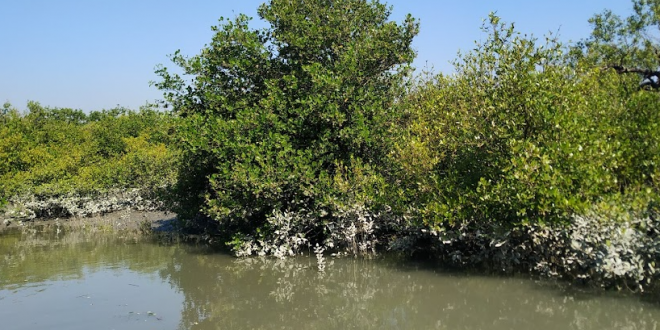

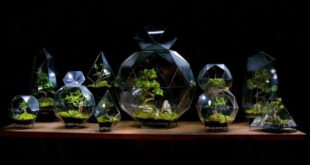


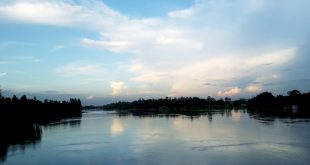
Found some interesting parts. Nice to read 💙. Thanks for sharing 💖
Thanks for commenting.